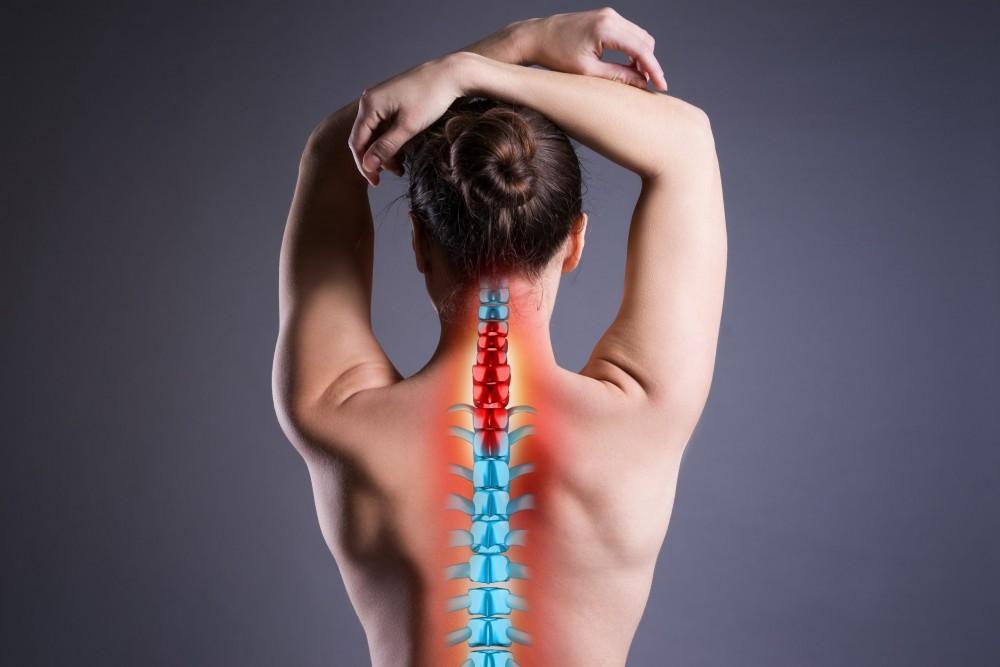Osteoporosis, often referred to as the “silent disease,” is a common yet often underestimated condition that affects millions of people worldwide. Characterized by the weakening of bones and increased susceptibility to fractures, osteoporosis can have a significant impact on an individual’s quality of life. In this article, we will delve into the complexities of osteoporosis, exploring its causes, risk factors, diagnosis, treatment options, and the importance of prevention.
Understanding Osteoporosis
Osteoporosis is a skeletal disorder in which the density and quality of bone are reduced. Bones become porous and fragile, making them more prone to fractures, even from minor falls or trauma. While osteoporosis can affect any bone in the body, fractures most commonly occur in the hip, spine, and wrist.
Causes of Osteoporosis
The primary cause of osteoporosis is an imbalance between the natural processes of bone formation and bone resorption. Several factors contribute to this imbalance:
- Aging: As people age, bone density naturally decreases. After reaching peak bone mass around age 30, bone resorption begins to outpace bone formation.
- Hormonal Changes: Hormones play a crucial role in bone health. A drop in estrogen during menopause in women and a decrease in testosterone in men can lead to bone loss.
- Nutrition: Inadequate intake of calcium and vitamin D, essential nutrients for bone health, can contribute to osteoporosis.
- Physical Inactivity: A sedentary lifestyle can accelerate bone loss, as bones need weight-bearing exercises to stay strong.
- Medications: Certain medications, such as long-term use of corticosteroids and some anticonvulsants, can lead to bone loss.
- Medical Conditions: Conditions like rheumatoid arthritis, celiac disease, and certain cancers can impact bone health.
- Genetics: Family history can influence an individual’s risk of developing osteoporosis.
Risk Factors for Osteoporosis
 Several risk factors increase the likelihood of developing osteoporosis:
Several risk factors increase the likelihood of developing osteoporosis:
- Age: The risk of osteoporosis increases with age, particularly in postmenopausal women and older men.
- Gender: Women are more susceptible to osteoporosis than men, primarily due to hormonal changes during menopause.
- Family History: A family history of osteoporosis or fractures may elevate an individual’s risk.
- Body Weight: Being underweight or having a small body frame can increase susceptibility.
- Hormonal Changes: Hormonal imbalances, including early menopause or low testosterone levels, can contribute to bone loss.
- Nutrition: Inadequate calcium and vitamin D intake can weaken bones.
- Smoking and Alcohol: Smoking and excessive alcohol consumption can impair bone health.
- Certain Medications: Long-term use of corticosteroids, anticonvulsants, and other medications can negatively impact bone density.
Diagnosis and Screening
Early detection of osteoporosis is crucial for effective management and prevention of fractures. Physicians use several diagnostic tools and screening methods to assess bone health:
- Dual-Energy X-ray Absorptiometry (DXA or DEXA): DXA scans measure bone mineral density (BMD) at the hip and spine, helping to diagnose osteoporosis and assess fracture risk.
- Bone Turnover Markers: Blood tests can measure specific markers of bone turnover, providing information about bone health.
- Fracture Risk Assessment: Tools like the FRAX® calculator help estimate an individual’s ten-year risk of major osteoporotic fractures.
- Vertebral Fracture Assessment (VFA): X-rays can identify vertebral fractures that may not be symptomatic.
Treatment and Management
The management of osteoporosis aims to reduce the risk of fractures, alleviate symptoms, and improve bone health. Treatment options may include:
- Lifestyle Modifications: Adopting a healthy lifestyle is essential. This includes regular weight-bearing exercises, a balanced diet rich in calcium and vitamin D, and smoking cessation.
- Medications: Several medications can slow bone loss or promote bone formation. Common medications include bisphosphonates, denosumab, teriparatide, and hormone therapy (for postmenopausal women).
- Fall Prevention: Reducing the risk of falls is crucial. This may involve home safety measures, physical therapy, and balance exercises.
- Fracture Management: Treating fractures promptly to prevent complications is essential. This may involve casting, bracing, or surgery.
- Regular Follow-Up: Ongoing monitoring, including bone density testing and evaluation of treatment efficacy, is vital.
Prevention of Osteoporosis
Preventing osteoporosis begins early in life and continues throughout adulthood. Here are essential steps for prevention:
- Dietary Choices: Ensure an adequate intake of calcium and vitamin D through diet or supplements, if necessary.
- Physical Activity: Engage in regular weight-bearing exercises, such as walking, dancing, and resistance training.
- Smoking Cessation: Quit smoking to protect bone health.
- Limit Alcohol: Consume alcohol in moderation, if at all.
- Regular Check-ups: Discuss your risk factors and bone health with your healthcare provider. They can provide guidance on prevention and screening.
- Fall Prevention: Minimize the risk of falls through home safety measures and balance exercises.
Osteoporosis is a common yet often underestimated condition that affects bone health and increases the risk of fractures. Understanding its causes, risk factors, and consequences is essential for early detection, prevention, and effective management. By adopting a healthy lifestyle, seeking regular check-ups, and following medical recommendations, individuals can take proactive steps to maintain strong bones and reduce the impact of this silent disease on their lives.



 Several risk factors increase the likelihood of developing osteoporosis:
Several risk factors increase the likelihood of developing osteoporosis: While these early warning signs can be helpful indicators, they are not definitive proof of osteoporosis. To diagnose osteoporosis accurately, healthcare providers typically use bone density tests, such as dual-energy X-ray absorptiometry (DXA or DEXA) scans. These tests measure bone mineral density (BMD) and provide a T-score that compares your bone density to that of a young, healthy adult.
While these early warning signs can be helpful indicators, they are not definitive proof of osteoporosis. To diagnose osteoporosis accurately, healthcare providers typically use bone density tests, such as dual-energy X-ray absorptiometry (DXA or DEXA) scans. These tests measure bone mineral density (BMD) and provide a T-score that compares your bone density to that of a young, healthy adult.
